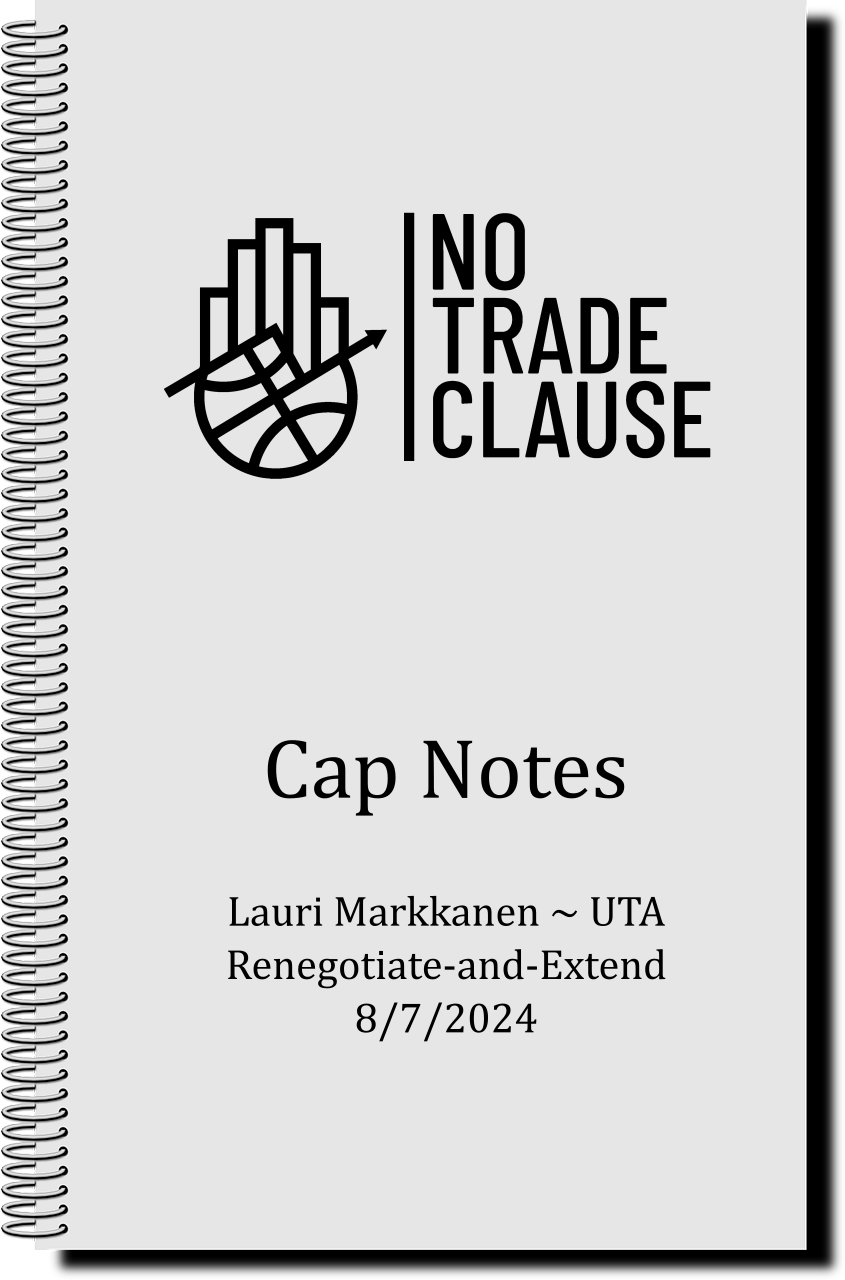General Terms
- 5 years, $220,000,000 in new money; 4 years, $195,868,144 Extension
- 2024-2025 salary increased from $18,044,544 to $42,200,000
- Fully Guaranteed
- Visit the Jazz Capsheet for the team’s Annual Breakdown
Cap Discussion
Renegotiation Generally
- A team must have sufficient Cap Space to renegotiate a player’s current season’s salary. To create sufficient cap space to increase his current salary to the $42.1, Utah renounced the cap holds of Talen Horton-Tucker ($20,938,000) and Kira Lewis, Jr. ($17,166,348).
- The team then had enough cap space to increase Markkanen’s current 2024-2025 Salary to the maximum 30% of the Salary Cap for a player with 7 years of service: $42,176,400.
- Once his current salary is raised, Markkanen’s contract is extended. The first year of his extension (2025-2026) again provides his maximum salary of 30% of the Salary Cap ($46,394,100).
- Note that the first year can be for 140% of the last year of his contract, but only up to a player’s maximum allowable salary.
Markkanen’s Year-to-Year Salary Explained
- The 2026-2027 Season dips slightly to $46,113,154.
- In an extension, the maximum raises permitted are 8% increases. The 8% increase is calculated based on the first year of the extension ($46,394,100 x .08 = $3,711,528).
- The maximum raises are then given to Markkanen in the 2027-2028 Season and the 2028-2029 Season.
- The dip in the 2026-2027 makes his total extension $195,868,144. Had he received his full max extension with 8% raises each season, he would have received $269,085,780. Below is the comparison year-to-year as a result.
Seeing Markkanen’s Salary through the Team’s Capsheet
- Allowing the dip in Markkanen’s salary in 2026-2027 will drop him to 27% of the Utah’s Salary Cap entering the offseason, assuming ongoing 10% increases in the cap. If the cap continues to increase at the same rate, his salary will continue to drop in percentage of the cap year after year.
- In the 2026 offseason, the team has no ongoing obligations other than Rookie Scale Team Options. Utah has massive flexibility in the coming seasons to extend their drafted players if worthwhile, or head into free agency and find max salaried players.
- They, of course, also have plenty of draft capital (including four firsts in 2027) they can use to make a trade and would be able to absorb the player’s salary into Cap Space as it stands right now (of course, much will change as they continue to fill their roster in the coming years).





